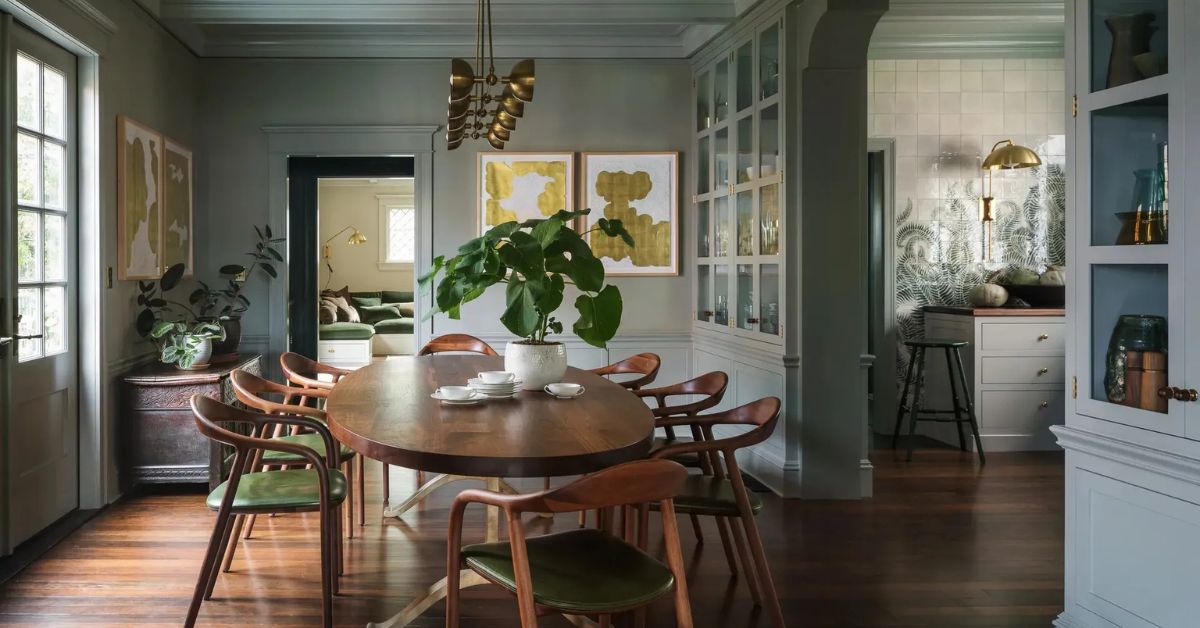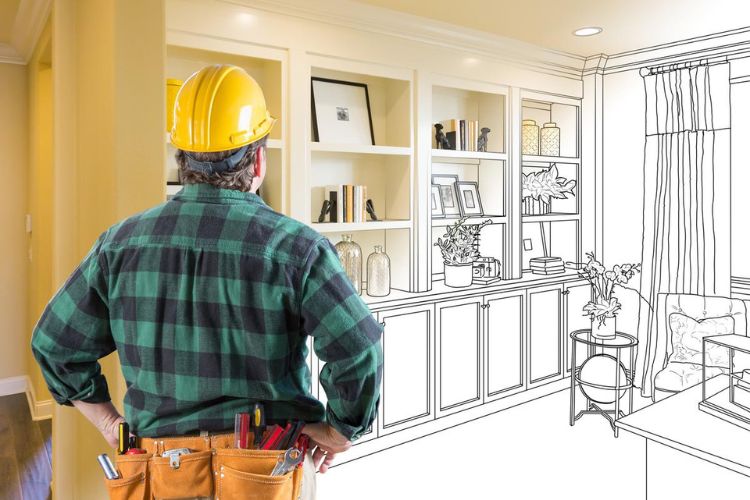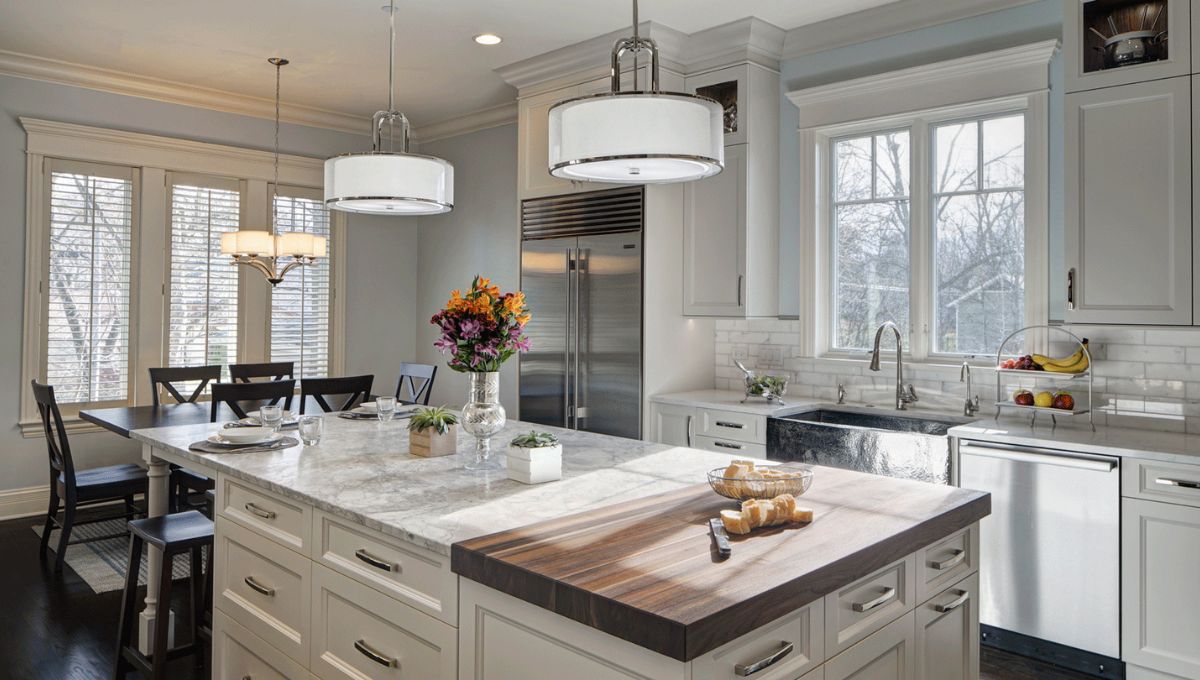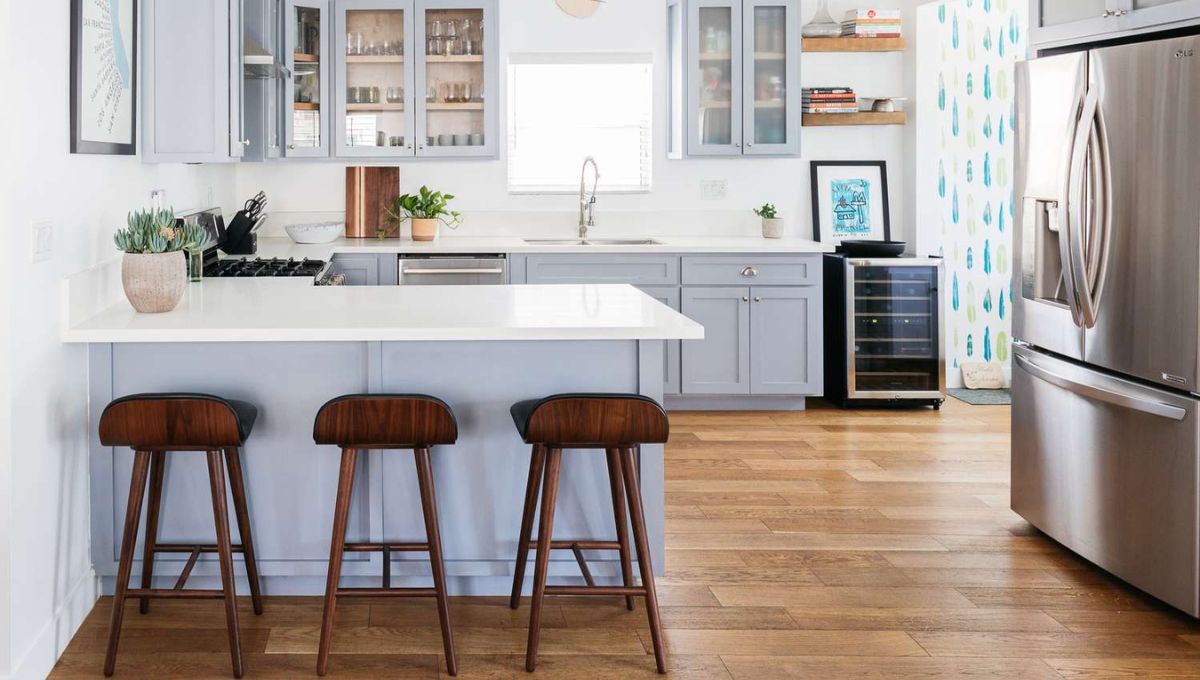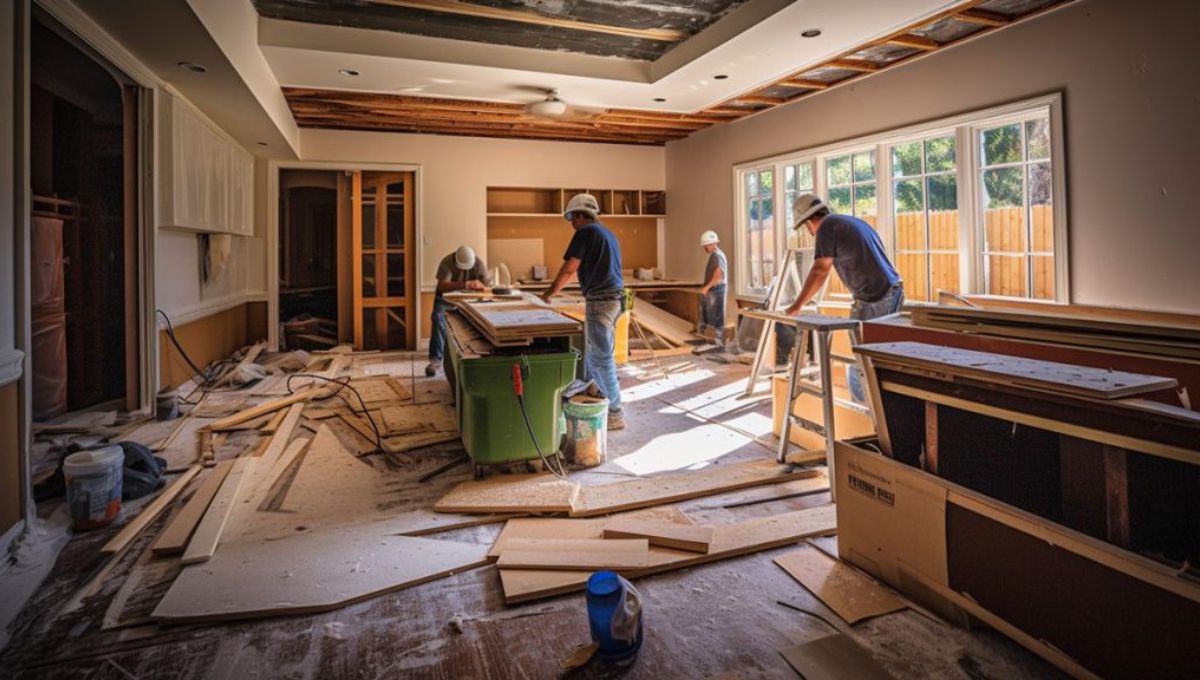Stepping into a house that has seen decades or even centuries of stories is a unique experience. Each part of a historic home has its character, from old fireplaces to detailed crown molding. However, remodeling such a home needs a different approach. A successful historic home renovation brings preservation with contemporary comfort, whether you are renovating a colonial gem or updating a Victorian in New Jersey. Here’s how to respect the past without sacrificing the future.
Layers of Time: Historically Important Features in Heritage Interiors
Historic homes are more than just old; they tell a cultural tale, which is frequently characterized by architectural design, local craftsmanship, or past occupants. The first step in renovating a property is to identify its unique features. Your updates will preserve what matters most if you work with experts who provide interior renovation services designed for historic buildings.
- The home retains its original architectural integrity
- It’s tied to a significant person, event, or cultural period
- It features rare materials or traditional craftsmanship
Renovation with Respect: Mapping Out a Plan for Historic Home Interiors
Unlike modern builds, historic properties demand deliberate planning and respect for their unique traits. Your dedication to making genuine heritage home improvements that improve both beauty and legacy should be evident at every stage, from budgeting to choosing a contractor.
1. Start with a Detailed Assessment
Before swinging a hammer, start with a thorough structural and architectural review. Knowing the condition of heritage interiors is crucial to protect original elements.
- Hire specialists in historic architecture.
- Document all original features before demolition.
- Focus on urgent repairs to maintain structural integrity.
2. Work with Experts in Historic Preservation
Renovating historic home interiors isn’t just about style; it’s about legacy. Preservation specialists provide information on codes, tax incentives, and style accuracy.
- Look for ASID-certified designers or heritage consultants
- Align your goals with local historical commissions
- Use documentation to guide every design decision
3. Create a Renovation Plan
While it’s tempting to modernize everything, preserving the architectural soul is crucial in a historic home renovation. Plan upgrades that enhance rather than erase.
- Blend original materials with compatible new ones
- Avoid over-remodeling that strips unique details
- Include restoration as part of the design process
Preserve and Enhance: Area-by-Area Heritage Interior Renovations Ideas
Different parts of a historic home present different renovation challenges. Understanding what to protect and how to upgrade helps guide smarter heritage home improvements that remain true to the past.
1. Walls, Ceilings, and Moldings
The architectural soul of heritage interiors often lives in the walls. Intricate moldings, trim, and medallions define the home’s style and elegance.
Restoring Original Plaster and Trim
- Gentle Cleaning and Sanding: Preserve delicate plaster by avoiding aggressive scraping.
- Match Historical Profiles: Use millwork experts to replicate lost or damaged trim.
2. Flooring
One of the most prized features of historic home interiors is original hardwood flooring. These can often be refinished instead of replaced.
Repairing or Replacing Hardwood Floors
- Preserve What You Can: Refinish instead of replacing where possible.
- Source Reclaimed Wood: Use period-matched planks for seamless transitions.
3. Windows and Doors
Wooden casements and hand-crafted doors are hallmarks of charm, but also energy drains. Balance authenticity with efficiency.
Energy Efficiency vs. Authenticity
- Consider Storm Windows: These protect without replacing original panes.
- Insulate With Care: Use weatherstripping that doesn’t compromise appearance.
4. Kitchens and Bathrooms
It’s possible to modernize without losing the historic vibe. Innovative historic home renovation projects bring in current functionality while maintaining vintage flair.
Modern Updates That Complement Historic Style
- Use Vintage-Inspired Fixtures: Pair classic lines with current technology.
- Hide Modern Features: Tuck appliances and lighting within period-accurate cabinetry.
Built to Last: Blending Traditional Techniques in Historic Home Renovation
When it comes to historic renovation, authenticity is essential. From tile to textiles, choosing the right materials can preserve both the look and architectural importance of historic home interiors.
A key factor is whether to restore or replace. Using traditional methods and finding the right supplies makes all the difference in keeping the home’s integrity.
1. Sourcing Period-Appropriate Materials
A skilled interior design company will know where to find reclaimed wood, handmade tiles, or cast iron elements that match the home’s origins.
- Reclaimed lumber yards
- Architectural salvage companies
- Custom millwork artisans
2. Traditional Craftsmanship vs. Modern Shortcuts
While tempting, fast fixes often diminish the essence of heritage interiors. Use artisans who specialize in traditional joinery, plastering, and hand-finishing.
- Avoid modern adhesives on antique surfaces.
- Opt for lime-based paints and mortars.
- Maintain hand-finished elements over machine-made substitutions.
Modern Missteps: What Not to Do in Heritage Home Improvement Projects
A thoughtful renovation avoids choices that sacrifice the essence of the space. Too many well-meaning updates have accidentally erased historical charm, something that Designed Renovations interior design company, works carefully to preserve.
- Overmodernizing Key Features: Installing trendy finishes that clash with the home’s timeline disrupts its soul. Keep updates timeless.
- Neglecting Structural Concerns: Don’t skip foundation or roof repairs in favor of cosmetics. Structure first, style second.
- Failing to Research Local Guidelines: Historical commissions often require approvals. Skipping this step can halt your project.
- Using Inappropriate Paint or Finishes: Some modern products can damage antique surfaces. Always test first.
- Ignoring the Role of Texture and Craft: Smooth, uniform finishes undermine the tactile richness of heritage interiors.
Ending Statement: Where to Find Inspiration and Guidance
Historic home renovation requires both caregiving and design skills. Everything has a narrative, from the grain of century-old floorboards to the curvature of old stair railings, and it is your responsibility to prolong its life intentionally..
Turn to specialists like a trusted interior design company for renovations to help bridge eras with grace. Their expert eye ensures the final result is a home that honors its past while offering comfort for the present.
Preserve the beauty of yesterday while building for tomorrow. Contact us to start your heritage home renovation today.
FAQs
1. What defines heritage interiors?
Heritage interiors are interior spaces that reflect historical periods, styles, or craftsmanship, typically found in homes over 50 years old.
2. How do I update historic home interiors without damaging them?
Preserve original features while using subtle upgrades that respect the design lineage of historic home interiors.
3. What’s the role of an interior design company in preserving a historic home?
An interior design company offers expert guidance, sourcing, and execution for authentic, historically mindful renovations.
4. What’s the biggest mistake in historic home renovation?
Over-modernizing and ignoring original features are common historic house renovation mistakes that can devalue the property.
5. How do you make modern additions blend with heritage interiors?
Use timeless finishes, hidden appliances, and neutral palettes that respect the character of heritage interiors.

